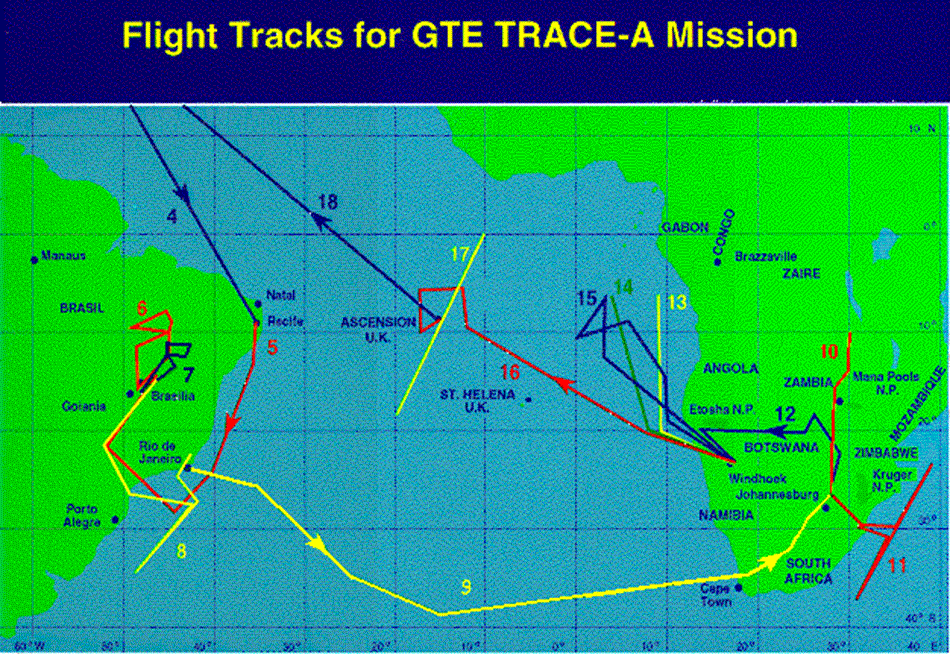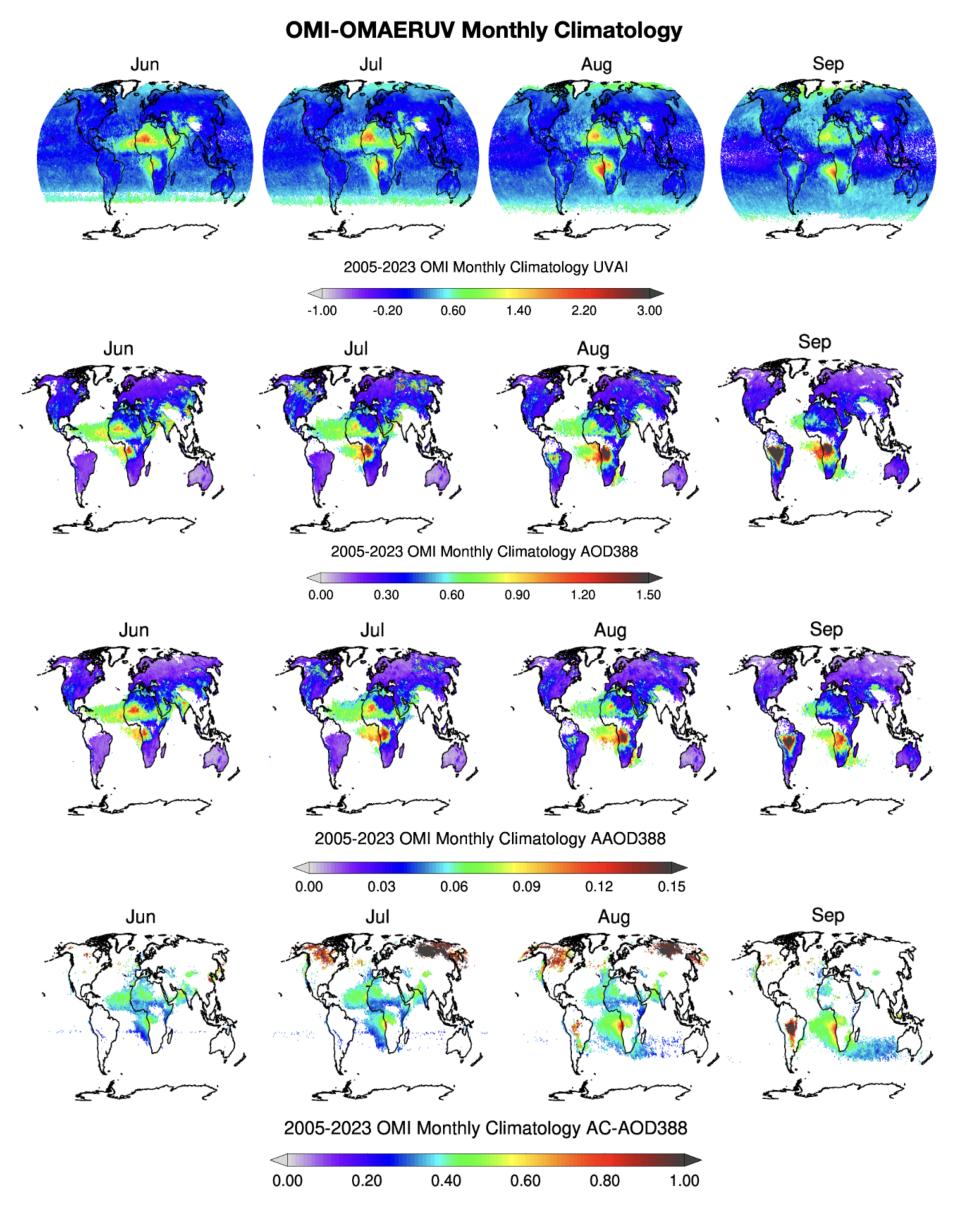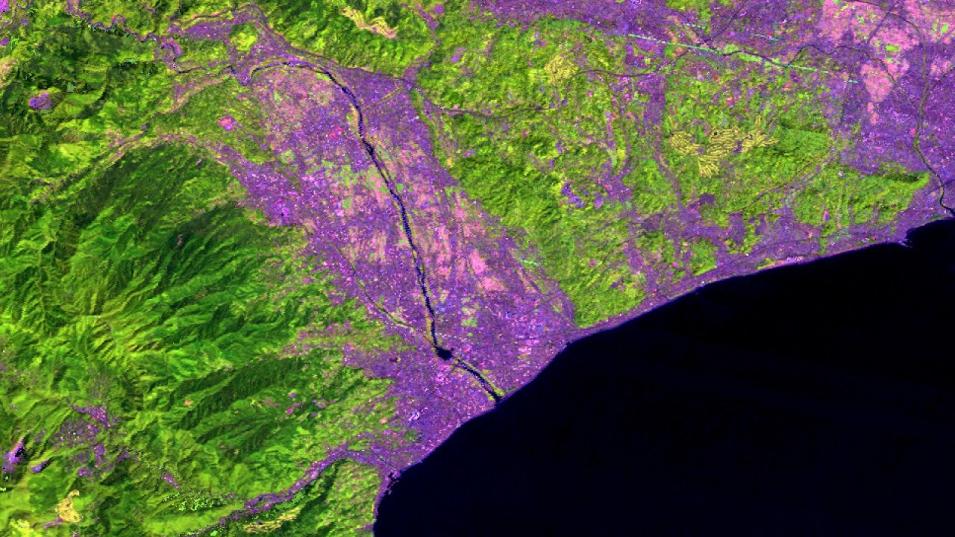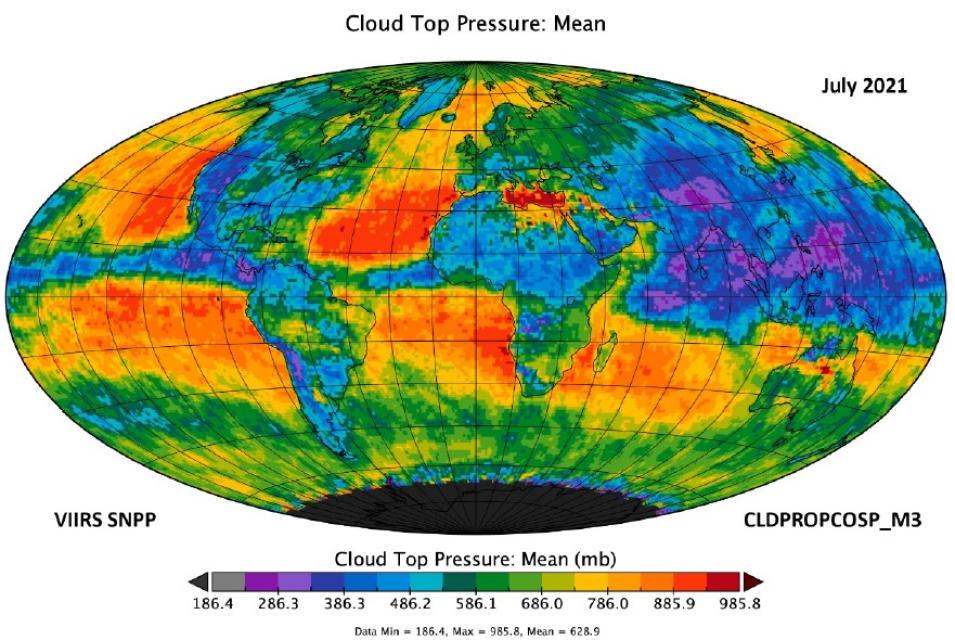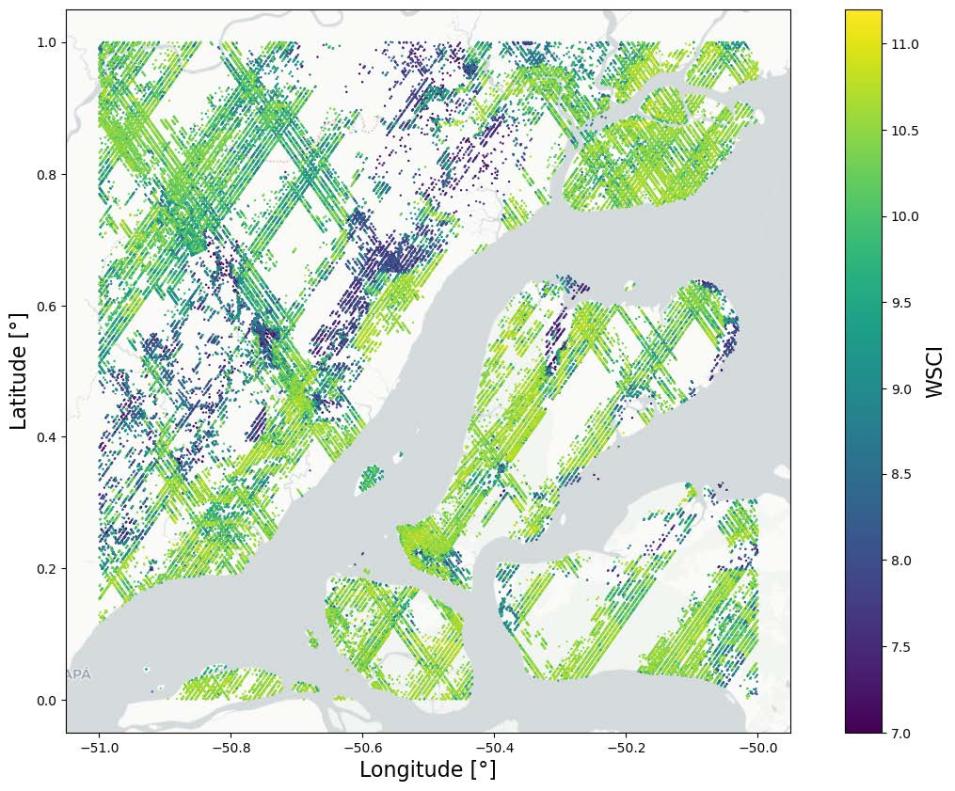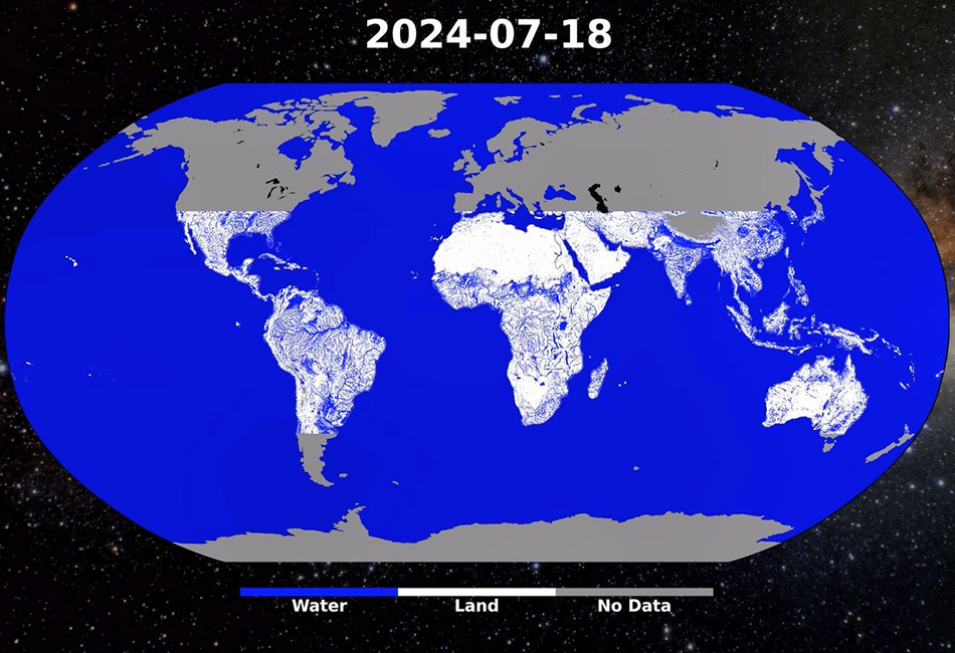The CLDPROPCOSP product suite contains six datasets derived from three Level 2 MODIS and VIIRS CLDPROP data streams at daily and monthly timeframes:
- MODIS/Aqua CLDPROPCOSP Level 3 daily 1x1 degree grid
- MODIS/Aqua CLDPROPCOSP Level 3 monthly, 1x1 degree grid
- VIIRS/SNPP CLDPROPCOSP Level 3 daily, 1x1 degree grid
- VIIRS/SNPP CLDPROPCOSP Level 3 monthly, 1x1 degree grid
- VIIRS/NOAA20 CLDPROPCOSP Level 3 daily, 1x1 degree grid
- VIIRS/NOAA20 CLDPROPCOSP Level 3 monthly, 1x1 degree grid
The start date for the CLDPROPCOSP product data record varies based on the input platform used. For MODIS/Aqua, the data record begins in 2002 and continues to the present (or until the instrument data become unviable). For VIIRS/Suomi NPP, the data record begins in 2012 and continues to the present. For VIIRS/NOAA-20, the data record begins in 2018 and continues to the present.
Access CLDPROPCOSP data and learn more about this product suite in a NASA Earthdata news article.
National Snow and Ice Data Center DAAC (NSIDC DAAC)
Updated Snow Water Equivalent and Snow Depth Dataset
The temporal coverage for the Daily 4 km Gridded Snow Water Equivalent and Snow Depth from Assimilated In-Situ and Modeled Data over the conterminous United States, Version 1 dataset has been been extended to September 30, 2023, by adding the latest water year.
Access the updated snow water equivalent and snow depth dataset and more information
Level 1B SMAP Reflectometry, Version 1 Dataset Now Available
The Level 1B SMAP Reflectometry, Version 1 dataset represents the first full polarimetric Global Navigation Satellite System Reflectometry (GNSS-R) dataset derived from the Soil Moisture Active Passive (SMAP) mission radar. The main parameters are the normalized Stokes parameters, total power normalized bistatic radar cross-section, and reflectivity. The dataset comprises a full reconstruction of Earth's surface polarimetric values, with approximately 3,200 observations per day and about 1,200,000 per year.
Access the SMAP GNSS-R dataset and more information
Updated MODIS/Terra Snow Cover, Grain Size, and Dust Radiative Forcing Dataset
The temporal coverage of the Near Real-Time Moderate Resolution Imaging Spectroradiometer (MODIS)/Terra Level 3 Global Daily 500-meter Sinusoidal Grid Snow Cover, Grain Size, and Dust Radiative Forcing, Version 1 dataset has been extended to include files from April 1, 2024 through June 30, 2024.
Access the updated MODIS/Terra snow dataset and more information
Updated ICESat-2 Sea Ice Thickness Dataset
The temporal coverage of the Ice, Cloud, and land Elevation Satellite-2 (ICESat-2) Level 4 Monthly Gridded Sea Ice Thickness, Version 3 dataset has been extended by adding the monthly files from September 2023 through April 2024.
Access the updated ICESat-2 sea ice thickness dataset and more information
Updated Sea Ice Concentrations Dataset from Nimbus-7 SMMR and DMSP SSM/I-SSMIS Passive Microwave Data
The Sea Ice Concentrations from Nimbus-7 Scanning Multichannel Microwave Radiometer (SMMR) and Defense Meteorological Satellite Program (DMSP) Special Sensor Microwave/Imager (SSM/I)-SSMIS Passive Microwave Data, Version 2 dataset has been updated through March 31, 2024. This dataset is generated from brightness temperature data and provides a consistent time series of sea ice concentrations spanning the coverage of several passive microwave instruments. The data are provided in the polar stereographic projection at a grid cell size of 25 x 25 kilometers.
Access the updated Nimbus-7 sea ice concentrations dataset and more information
New SnowEx17 Dataset
The SnowEx17 GPR and Lidar-Derived Snowpack Relative Permittivities and Densities, Version 1 dataset is now available at NASA's NSIDC DAAC. This dataset contains the results of 1 gigahertz (GHz) ground-penetrating radar (GPR) surveys conducted in Grand Mesa, Colorado. Data include two-way travel time, lidar-measured snow depth, calculated snow water equivalent, calculated snow density, and calculated relative permittivity. The dataset's temporal range spans from February 8 to 25, 2017.
Access the new SnowEx17 dataset and more information
Updated MEaSUREs Greenland Annual/Quarterly/Monthly Ice Sheet Velocity Mosaics Datasets
The MEaSUREs Greenland Annual Ice Sheet Velocity Mosaics from SAR and Landsat, Version 5; Greenland Quarterly Ice Sheet Velocity Mosaics from Synthetic Aperture Radar (SAR) and Landsat, Version 5; and Greenland Monthly Ice Sheet Velocity Mosaics from SAR and Landsat, Version 5 datasets have been updated. The annual product temporal coverage has been extended to November 30, 2023, and the quarterly and monthly temporal coverages have been extended to May 31, 2024.
These datasets, which are part of NASA's Making Earth System Data Records for Use in Research Environments (MEaSUREs) Program, consist of annual, quarterly (three-month interval), and monthly ice velocity mosaics for the Greenland Ice Sheet. The data are derived from SAR data obtained by TerraSAR-X/TanDEM-X and Sentinel-1A and -1B platforms as well as from optical imagery acquired by Landsat 8 and Landsat 9.
Access the updated Greenland Ice Sheet datasets and more information
New Greenland Glacial and Fast Ice Distributions Dataset
The Glacial and Fast Ice Distributions in Southeast Greenland Fjords, Version 1 dataset provides spatial distributions of fast ice and glacial ice in eight fjords spanning the Southeast Greenland coast: Nansen, Kangerlusruaq, Ikertivaq, Skjoldungen, Tingmiarmiut, Napasorsvaq, Anoritup, and Kangerlluluk. Temporal coverage is discontinuous, depending on the availability and quality of images.
Access the new Greenland fjord dataset and more information
SnowEx23 CRREL Ground Penetrating Radar Datasets Released
The SnowEx23 CRREL Ground Penetrating Radar, Version 1 and SnowEx23 CRREL Ground Penetrating Radar Raw, Version 1 datasets contain the results of 1 gigahertz (GHz) ground-penetrating radar surveys conducted in Alaska and the corresponding raw data. Temporal coverage spans from March 8 to 15, 2023.
Access SnowEx23 CRREL datasets and more information
Oak Ridge National Laboratory DAAC (ORNL DAAC)
Version 2 of the GEDI Level 4C Footprint Level Waveform Structural Complexity Index Released
Version 2 of the Global Ecosystem Dynamics Investigation (GEDI) Level 4C Footprint Level Waveform Structural Complexity Index dataset contains predictions of the Waveform Structural Complexity Index and estimates of prediction intervals for each footprint estimate at 95% confidence. In this version, the granules are in sub-orbits and the data, which are provided in HDF5 format, cover the period April 17, 2019, to March 16, 2023.
Access the GEDI Level 4C, Version 2 dataset and more information
